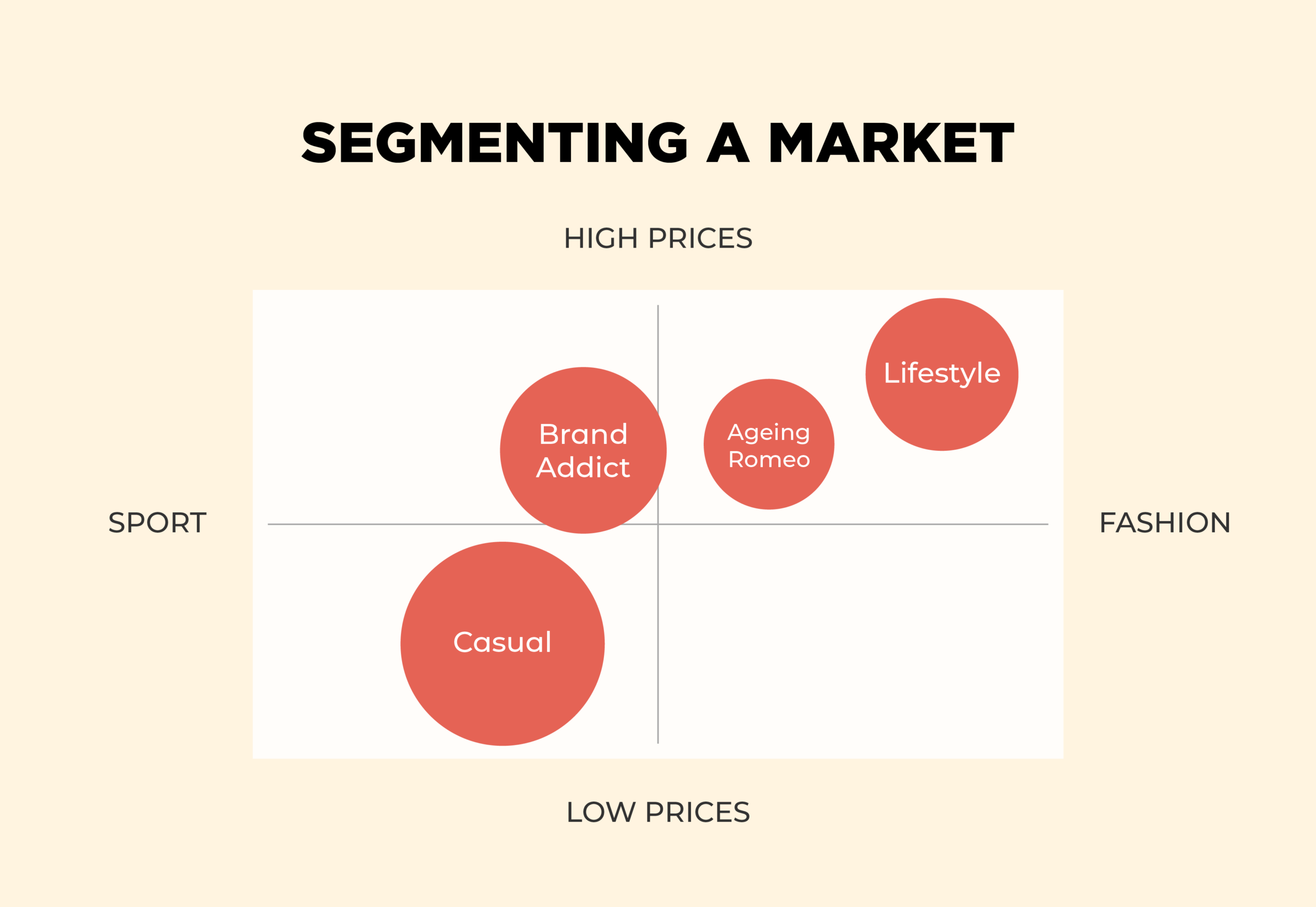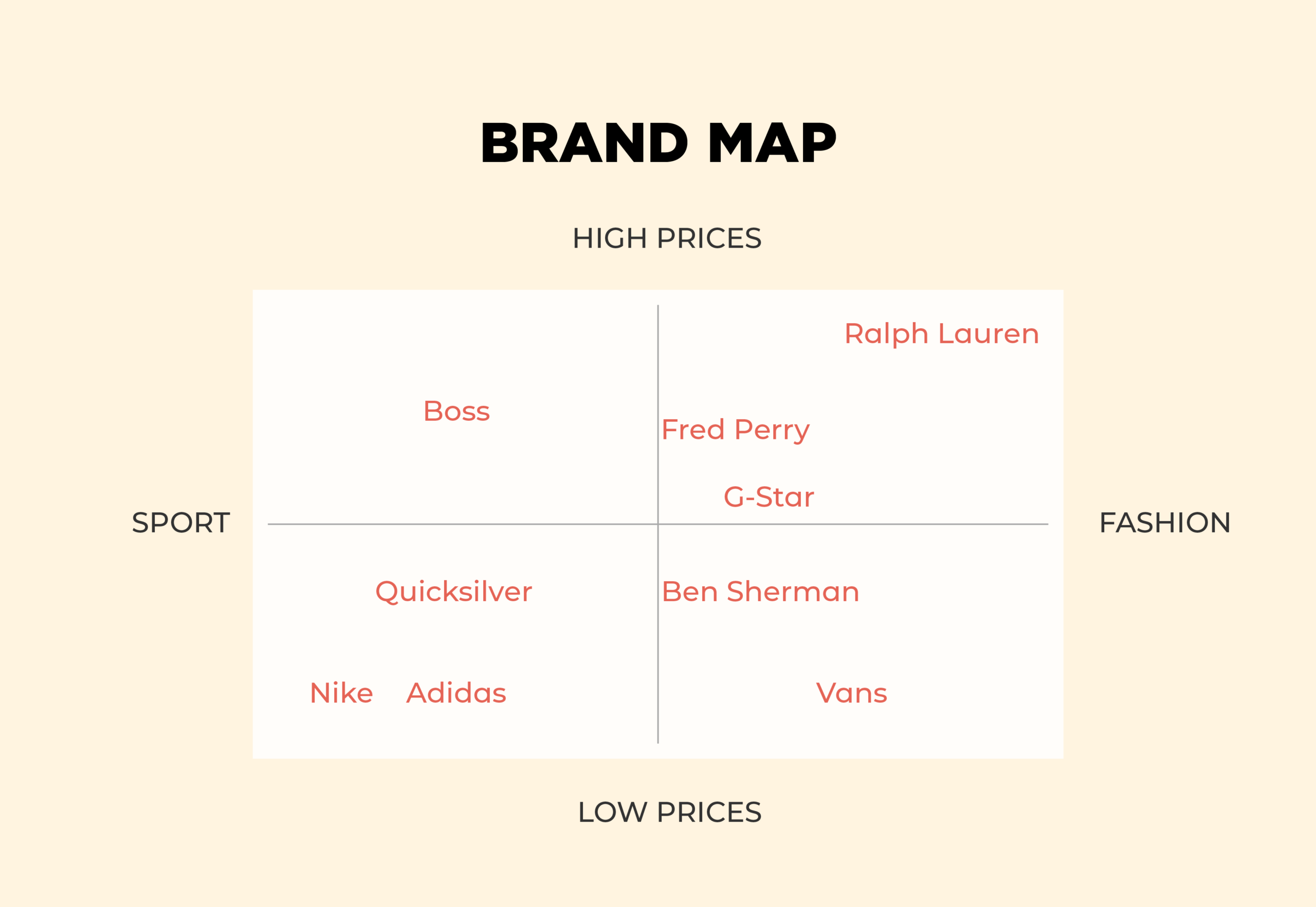MARKETING
Marketing: A Guide to Successful Positioning
If you’re in business, you will have heard the phrase market positioning bandied about. But what exactly do we mean by positioning and how is it useful for business owners wanting to grow their business?
Positioning is really about identifying a particular part of the market and being the most prominent and attractive brand for a distinct group of consumers. The idea is that when your target market thinks about which brand does the job best for them, they will think of your brand first and most favourably.
To do that successfully, you should follow these key steps to effectively clarify your positioning in the marketplace:
- Understand the market you’re in
- Identified where your brand sits in the market
- Analyse your competitors
- Brand values – what do you stand for?
- Write a definitive positioning statement
- Match your positioning with your marketing mix

1. Understand the market you’re in.
Before you start toying with your brand’s positioning, you will need to develop a systemic understanding of the landscape of your market.
Marketers call this segmentation – separating buyers into groups or segments – by the most important factor influencing their decision.
Take a look at this example we have of the European male fashion market. You may think that this is fairly generic market: A man wants a shirt so he simply goes out and buys one within his budget.
But on closer examination, these consumers bring quite different priorities to their decision. Some young buyers are frequent purchasers and keen to buy the most popular brands, and are designated as “Brand addicts”. Budget-conscious, less frequent purchasers are “Casuals”, more interested in an item’s form and fit and favour sports-oriented brands, while “lifestyle” shoppers search for highly fashionable clothing to express themselves.
And then there’s a group similar to brand addicts who tend to be older and typically bypass sports brands for popular fashion labels – “Ageing Romeos”.
For brand owners in this market, this is the first pointer for their positioning. Understanding which segment they are targeting is the vital first step to getting their positioning right.
2. Where is your brand positioned now?
Now that you understand the market landscape need to select which customer segment you are going to pursue.
Successful brands managers typically use market researchers to establish where their brand sits in the minds of their consumers.
By carefully questioning consumers through focus groups, questionnaires or other techniques, they will come up with a brand map which plots where your brand sits based on the most important factors influencing consumers.

3. Analyse your competitors
While undertaking this research, researchers won’t only plot where your brands sits, but also where your major competitors lie as well.
To continue with our male fashion example, take a look at this analysis of the European male fashion market (below).
Let’s say for the moment that you are the band manager for Nike in this market. Your researcher may well come back with a brand map like this which plots how your brand compares on price and whether it is seen as more of a sports or fashion brand.
The answer for the brand manager is that Nike sits as a relatively affordable sports brand, closely correlating with the needs of the Casual market.
Successful marketing strategies are highly selective about where their brands stand and where they don’t. While Nike sports shirts do a roaring trade as comparatively lower priced, high-volume apparel in the casual market, Ralph Lauren is just as successful targeting the lower turnover but more fashionable and expensive lifestyle segment.
The point here is that if Nike decided to target the Lifestyle segment they would struggle to get these discerning consumers to buy into the idea they would look fashionable wearing a Nike t-shirt.
Now that you know what market segment your brand sits in, you need to move onto the more difficult part of positioning – what are your brand values?

4. Brand Values – what does your brand stand for?
The intrinsic power of a brand lies beyond the product and the market it serves, and encompasses the values that underpin its promise.
Think of the Nike example again. While it is a sports brand serving the casual market it’s hardly alone. Right alongside it is Adidas and Quicksilver – and probably a dozen other you can think of.
So how is it different? Consumers are attracted to Nike because it embodies the sprint of rebellious individualism; quite different to Adidas’ more conservative outlook or Quicksilver, which is centred on the surfing culture.
Its uniqueness and attractiveness to one set of consumers is central to Nike’s positioning and its success (just as Adidas’s and Quicksilver’s are to theirs).
Think of this in two parts. Firstly, there is your brand promise: a compelling emotional or rational reason for your target customers to favour your brand over the competition.
Secondly, you need to provide your customers with a reason and compelling evidence to show your brand delivers on that promise.
When Nike first moved to its positioning in the 1990s, it achieved this by signing up brand ambassadors, like tennis star Andre Agassi, who epitomised winning with a rebellious attitude; while Adidas sponsored national football teams such as Germany.
5. Write your brand’s positioning statement
Now that you have determined where you want your marketing targeted and what values your brand should stand for, it’s time to crystallise your positioning.
Think of your positioning statement as a clearly worded guide to how you address your marketing efforts and ensure your brand always lives up to the promises it makes to customers.
When it comes to writing up a strong positioning statement, here are some keys to keep in mind:
- Keep it simple and memorable, a clear picture of your brand
- Ensure its crafted to the feelings and needs of your target market
- Ensure it is unique – clearly differentiated from your competitors
- Make sure it is credible; your brand must deliver on its promise
- Consider evidence that can be attached to your position
- Make sure it is a definitive, so it acts as a guide for your marketing decisions.

6. Match your brand’s positioning to your marketing mix
Once you have defined your marketing position, you need to ensure that everything in your marketing mix embodies the positioning you have built.
Marketing managers use many different systems to manage their marketing mix but the most popular one is the so-called 4Ps approach – with the Ps standing for Product, Price, Place and Promotion.
If your positioning says your brand is prestige, you cannot go to market with a low price.
Your promotions – advertising, website, PR direct marketing etc – also need to catch the vibe of your brand’s promise, staying on message guided by your positioning statement.
Place is shorthand for distribution, so if you’re marketing Nike shirts, your aim is to be stocked in all stores carrying sports apparel.
And your product needs to be managed to ensure it matches your target consumers needs.
Do you need to reposition?
What if your research comes back with the conclusion that your positioning is is misunderstood by your target audience – or worse, is seen as unattractive or irrelevant?
A survey of 250 business leaders revealed that 55% are planning to change to a different strategic position. Failing to keep your brand positioning relevant can quickly mean being nudged out by more agile competitors.
Perhaps the most famous instance of repositioning was Volvo. For forty years, Volvo was seen as the safest vehicle on the road, particularly attractive to affluent suburbanites who were conscious about their safety and that of their children.
But with the introduction of air bags and other safety features by many manufacturers in the early 1990s, consumers began to see this key plank of Volvo’s positioning as being met by Toyota, Ford, Mercedes Benz and many others.
Drawing on their other brand attributes, such as engineering excellence and European heritage, Volvo turned their market positioning around 180 degrees and found a new niche as a sedan with sports car performance.
A more recent example is the transformation of the Nescafe brand. Long seen as a bottom priced can of coffee, Nestle embraced the home coffee machine evolution in the market to create Nespresso, backed up by solid brand positioning and retail outlets.
A final word
Take good care to ensure your happy with your market positioning – get it right and you will have a strong foundation for your marketing strategy and a clear direction for your marketing and sales messages.
If you want to learn more about marketing, and how to position your brand, get in touch and let’s find the right marketing strategy for you.












